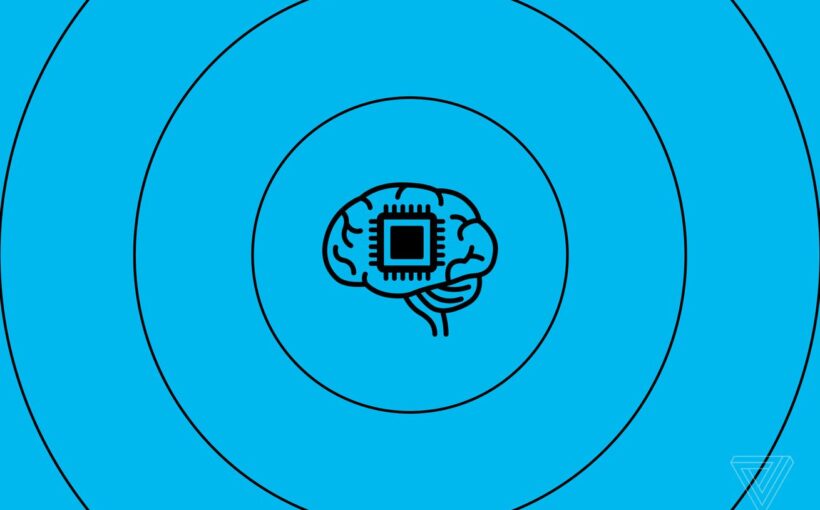Deep learning (DL) is a subset of a larger family of machine learning techniques. By using these techniques, computers are taught to perform tasks that come naturally to people: a study from examples. The closest we’ve come to building actual machine intelligence is DL. It serves as the foundation for all recent advancements in AI e.g. NLP, virtual assistants and adaptive email filters.
SwissCognitive Guest Blogger: Supradip Baul – “Numerous Factors Fuel The Adoption Rate of Deep Learning” Image by Unsplash

Trends maintain a high demand
Natural language processing (NLP) has been greatly enhanced by deep learning algorithms. To be precise, it has aided us in better comprehending the meaning of words and phrases as well as the context in which they are used. The advancement of machines’ ability to decipher text sentiment is something businesses are particularly interested in. For particular ML issues, like describing images, cutting-edge DL techniques are producing outstanding results. NLP tools enable business owners to analyze and categorize customer service tickets by subject, purpose, immediacy, sentiment, etc. and route them to the appropriate division or employee so that you never leave a customer in the dark.
Next, as DL workloads become more containerized, autonomous operations are facilitated. These technologies assist businesses in achieving isolation, infinite expandability, flexibility, and dynamic behaviour in MLOps. So it is now easier to manage AI infrastructures automatically and with business in mind.
Besides, the deep and self-supervised learning module aids in automation. This means that a system learns to classify the raw data automatically rather than relying on labelled data to train it. The input component can therefore predict any other part of an input. Additionally, the technique has given neuroscience a much-needed boost by using robust and more effective deep-learning implementations. One significant approach is neuromorphic computing.
Where is the adoption more prominent?
Virtual Assistants
Cloud-based programs known as virtual assistants can comprehend natural language voice commands and carry out the user’s tasks. Using Deep Learning algorithms, the assistant delivers a better user experience each time a command is fed to it. Virtual assistants like Cortana, Siri, Amazon Alexa and Google Assistant, are common examples.
Healthcare Sector
The technology has also found a use in the healthcare sector. Computer-aided disease detection is now possible using the technology. Studies reveal that it is frequently employed in drug development, medical research, drug development as well as diagnosis of life-threatening diseases using medical imaging.
Entertainment Sector
Thanks to this technique now online streaming companies such as Netflix, Amazon etc. provide recommendations to customers to aid in their selection of products and services based on their browsing history, interests, and behaviour. Music enthusiasts can create audio using generative models powered by deep learning, like WaveNet.
The software continues to flood the market
TensorFlow is an ideal software for ML on IoT and mobile devices. One can carry out various tasks and apply them to the construction of deep learning and mathematical models. Another platform H2O.ai offers the most prominent, widely used statistical and ML (machine learning) algorithms. This enabler of the scalable multi-layer artificial neural network also provides generalized linear models, gradient-boosted machines etc. Facebook’s Pytroch facilitates a sophisticated deep-learning framework. Tensors and Deep Neural Networks make up the majority of the software’s features. Pytroch can be used for rapid prototyping for research purposes. A toolkit for DL that is suitable for the automotive industry, NXP eIQ Auto enables the introduction of DL algorithms. Researchers express that the trend is unstoppable, and more names will likely be added to the list in the future.
Prominent players stay confident
When Google acquired DeepMind, it demonstrated its commitment to the technology. In addition to mastering 49 different Atari games, the AlphaGo program made history by being the first to outplay a pro at the game of Go. With AI and deep learning AI, Baidu has created a tool called Deep Voice that can clone a voice in just 3.7 seconds of audio. Facebook uses the technology to provide structure to its unstructured data. Facebook uses DeepText, a text-identifying engine to automatically comprehend and interpret the content and sentiments of several posts its users publish each second.
Conclusion
The way we use AI and machine learning in the real world is being significantly impacted by DL. The technology will undoubtedly advance further, and these new advancements could have a significant impact on industries like commerce, automotive, medical diagnosis, entertainment and even general artificial intelligence.
About the Author:
 Supradip Baul is a researcher and business consultant with a cumulative experience of more than 10 years. He has been closely monitoring various industry verticals, supporting clients with in-depth qualitative and quantitative analysis across technologies, products and services, and providing his recommendations for critical investment decisions and strategy formulation. Supradip has a rich experience of working with top-notch companies including Meta, Samsung, NTT Corporation, Hitachi High Tech, and Neo Lab, among others. He holds an MBA degree with dual specialization in Marketing and Finance.
Supradip Baul is a researcher and business consultant with a cumulative experience of more than 10 years. He has been closely monitoring various industry verticals, supporting clients with in-depth qualitative and quantitative analysis across technologies, products and services, and providing his recommendations for critical investment decisions and strategy formulation. Supradip has a rich experience of working with top-notch companies including Meta, Samsung, NTT Corporation, Hitachi High Tech, and Neo Lab, among others. He holds an MBA degree with dual specialization in Marketing and Finance.
Der Beitrag Numerous Factors Fuel The Adoption Rate of Deep Learning erschien zuerst auf SwissCognitive, World-Leading AI Network.



